Nexa AGWAGON C188 User manual
Other Nexa Toy manuals

Nexa
Nexa Pilatus Porter PC-6 Instruction Manual
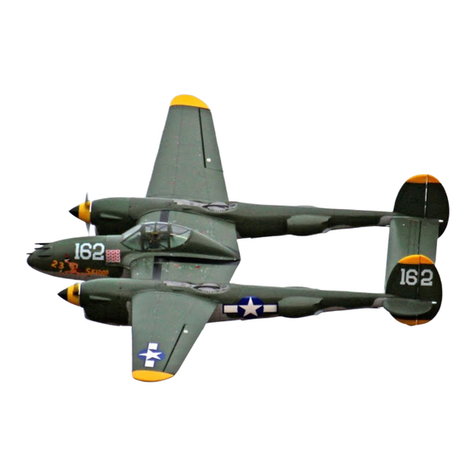
Nexa
Nexa P-38 Lightning User manual
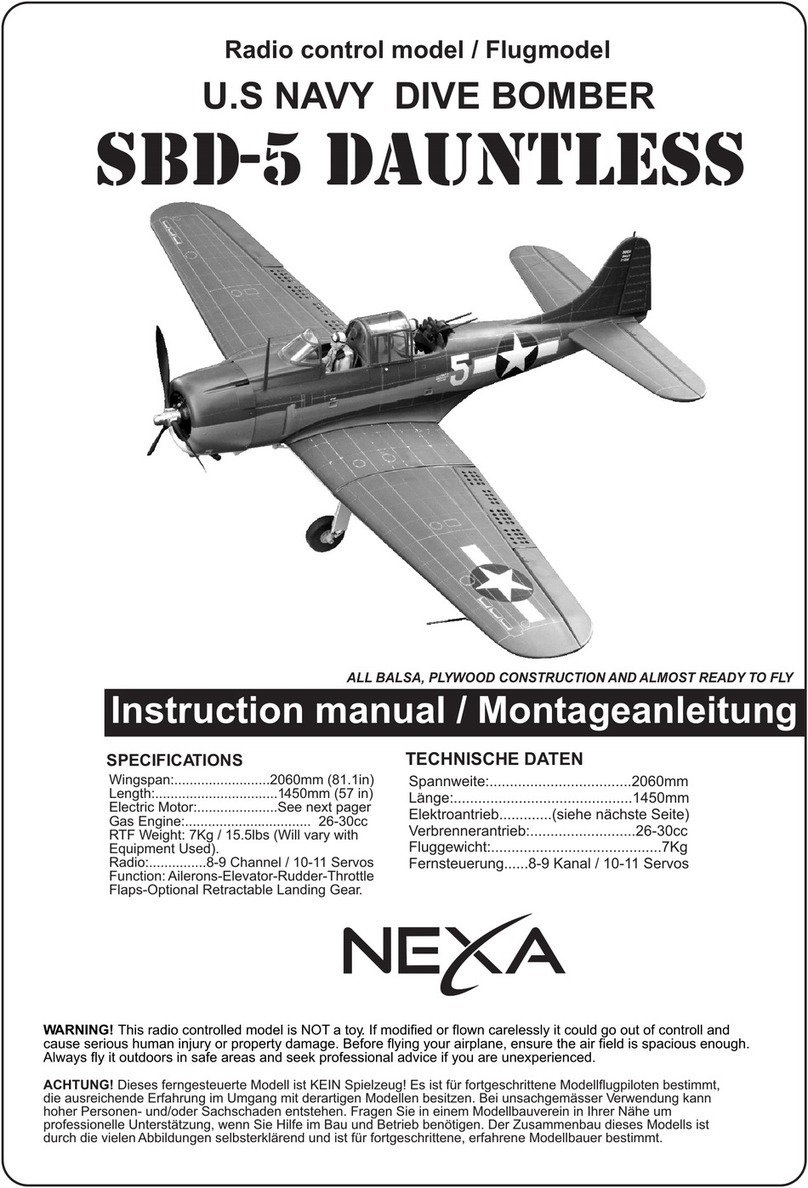
Nexa
Nexa U.S NAVY DIVE BOMBER SBD-5 DAUNTLESS User manual
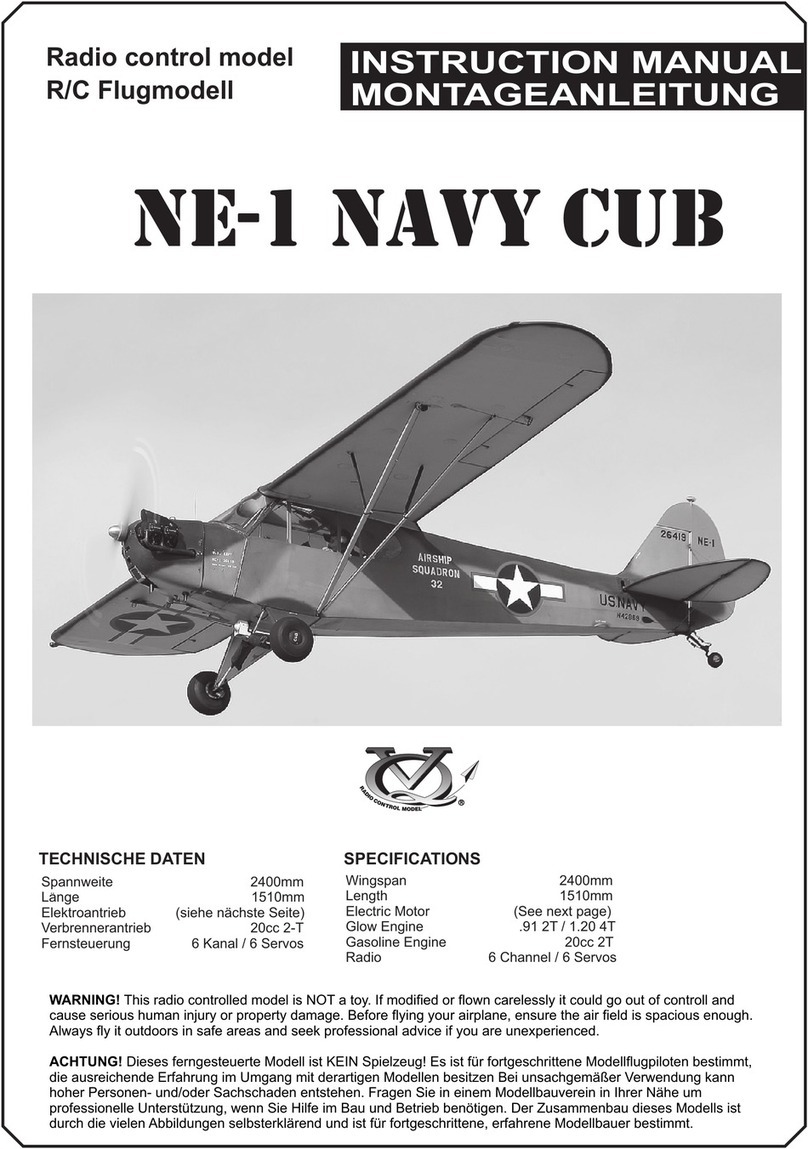
Nexa
Nexa NE-1 NAVY CUB User manual
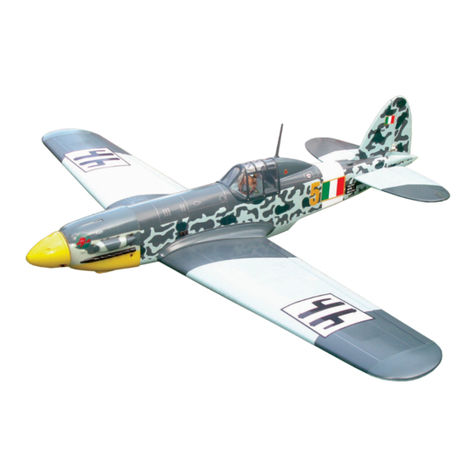
Nexa
Nexa MACCHI MC 205 User manual

Nexa
Nexa Dago red Unlimited Air Racer 4 User manual

Nexa
Nexa CURTISS P-40 User manual

Nexa
Nexa Royal Air Force Supermarine Spitfire User manual
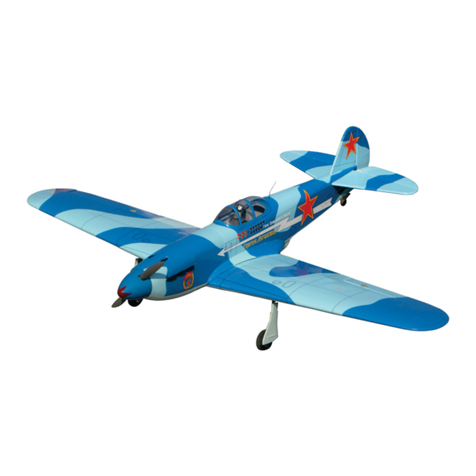
Nexa
Nexa YAK-9 User manual

Nexa
Nexa P-39 Q/N AIRACOBRA Instruction Manual
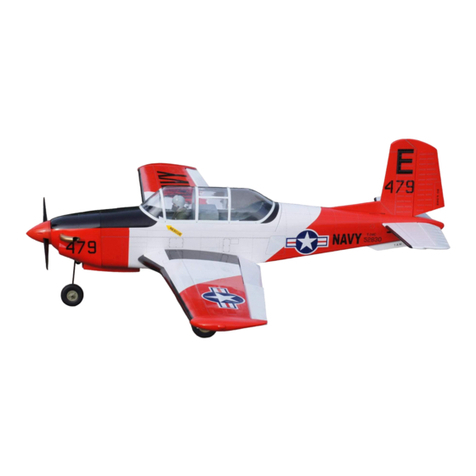
Nexa
Nexa BEECHCRAFT T-34C TURBO MENTOR MILITARY... User manual
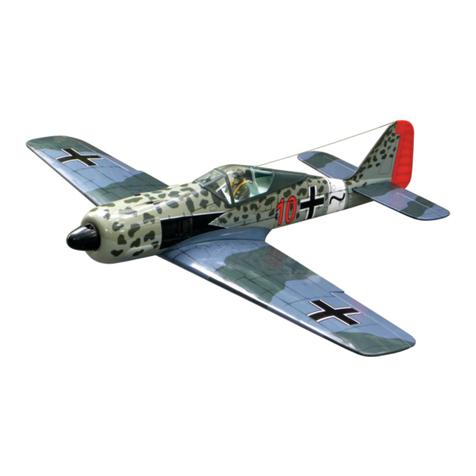
Nexa
Nexa Focke Wulf FW-190A User manual

Nexa
Nexa Pilatus Porter PC-6 User manual
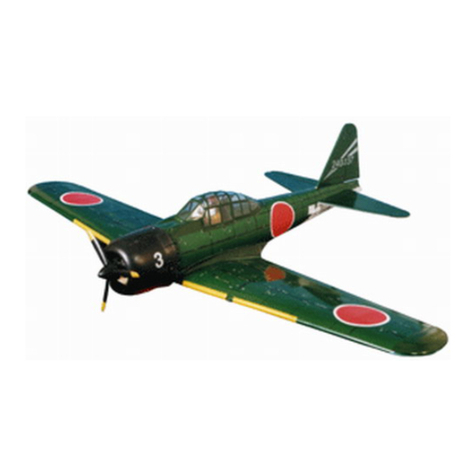
Nexa
Nexa MITSUBISHI A6M5 ZERO Instruction Manual
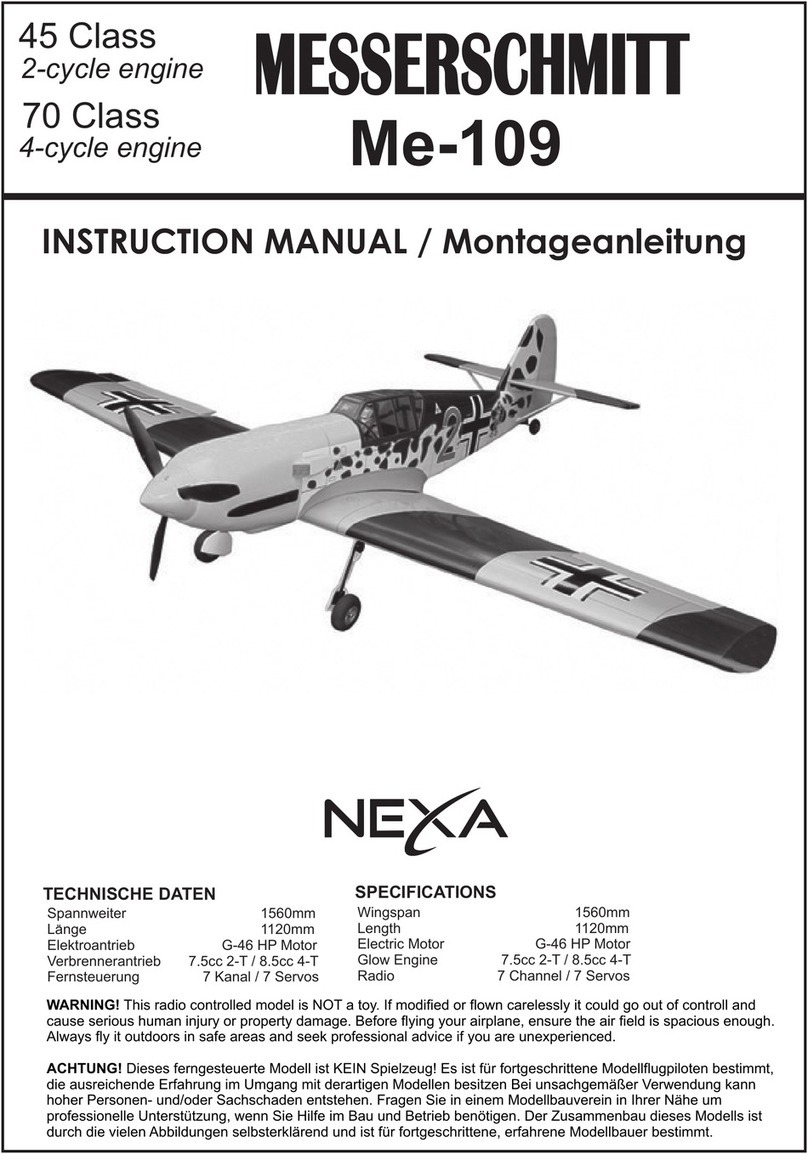
Nexa
Nexa MESSERSCHMITT Me-109 User manual

Nexa
Nexa DORNIER DO-27 User manual

Nexa
Nexa CE-208 User manual
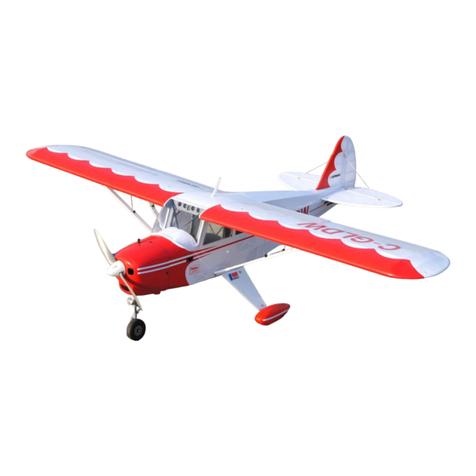
Nexa
Nexa Tri-Pacer Piper PA-22 User manual
Popular Toy manuals by other brands

FUTABA
FUTABA GY470 instruction manual

LEGO
LEGO 41116 manual

Fisher-Price
Fisher-Price ColorMe Flowerz Bouquet Maker P9692 instruction sheet

Little Tikes
Little Tikes LITTLE HANDIWORKER 0920 Assembly instructions

Eduard
Eduard EF-2000 Two-seater exterior Assembly instructions

USA Trains
USA Trains EXTENDED VISION CABOOSE instructions





















